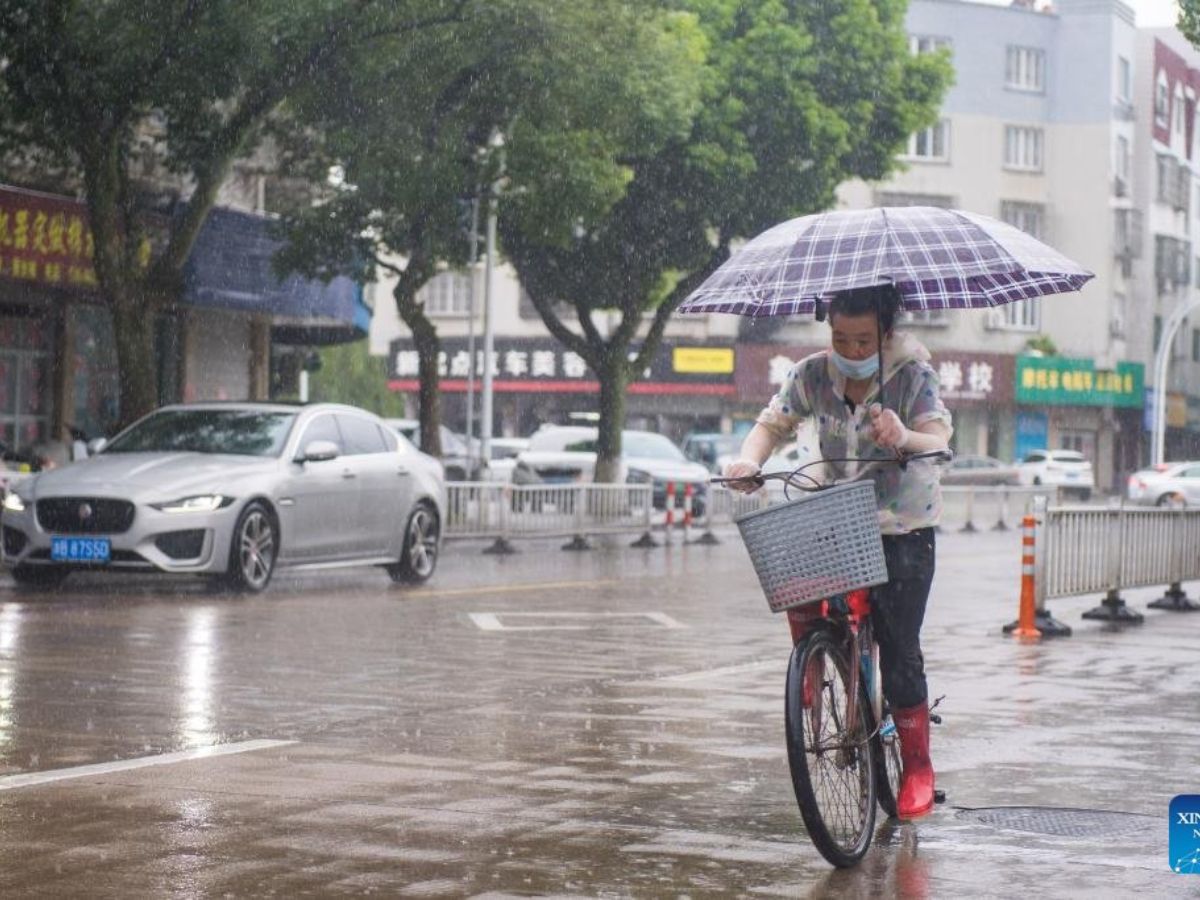China is facing a twin natural disaster threat as Typhoon Co-May barrels toward the eastern coast and tsunami warnings spread across the Pacific after a quake hit Russia.
Typhoon Co-May in Shanghai
Over 283,000 individuals have been evacuated from Shanghai and surrounding areas ahead of Typhoon Co-May, locally known as Zhu Jie Cao, which is likely to make landfall south of the city late Wednesday. It can bring downpours, strong winds, and a high risk of flooding and landslides. Forecasters warn that up to 320 mm of rain could fall within 24 hours.
City authorities raised the highest-level emergency alert for flood and typhoon control. Ferry services are suspended, highway speed limits have been lowered, and nearly 30 per cent of flights at Pudong and Hongqiao airports have been cancelled. Construction work across the city has also been halted.
World’s largest container port, Yangshan Port, also shut down operations on Tuesday, and major oil hubs in Zhoushan pressed emergency mode.
Impact of Tsunami in other parts
The typhoon comes after the storm swept through the Philippines and Japan’s Okinawa, causing damage along the way. In the meantime, an 8.8-magnitude earthquake off Russia’s Kamchatka Peninsula—one of the strongest in the region’s history- triggered tsunami warnings across the Pacific. Waves up to 12 feet were reported, and evacuations were ordered in parts of Russia, Japan, and Hawaii.
Russia’s Severo-Kurilsk experienced flooding, with nearly 2,000 residents evacuated, resulting in some minor injuries. Tsunami alerts were also issued for California, Chile, Ecuador, New Zealand, and French Polynesia, with warnings of possible waves up to 3 meters. Authorities across Asia-Pacific are on high alert as both disasters continue to unfold.
ALSO READ: Japan Issues Tsunami Warning After Powerful 8.0 Earthquake Near Russia’s Kamchatka Peninsula






